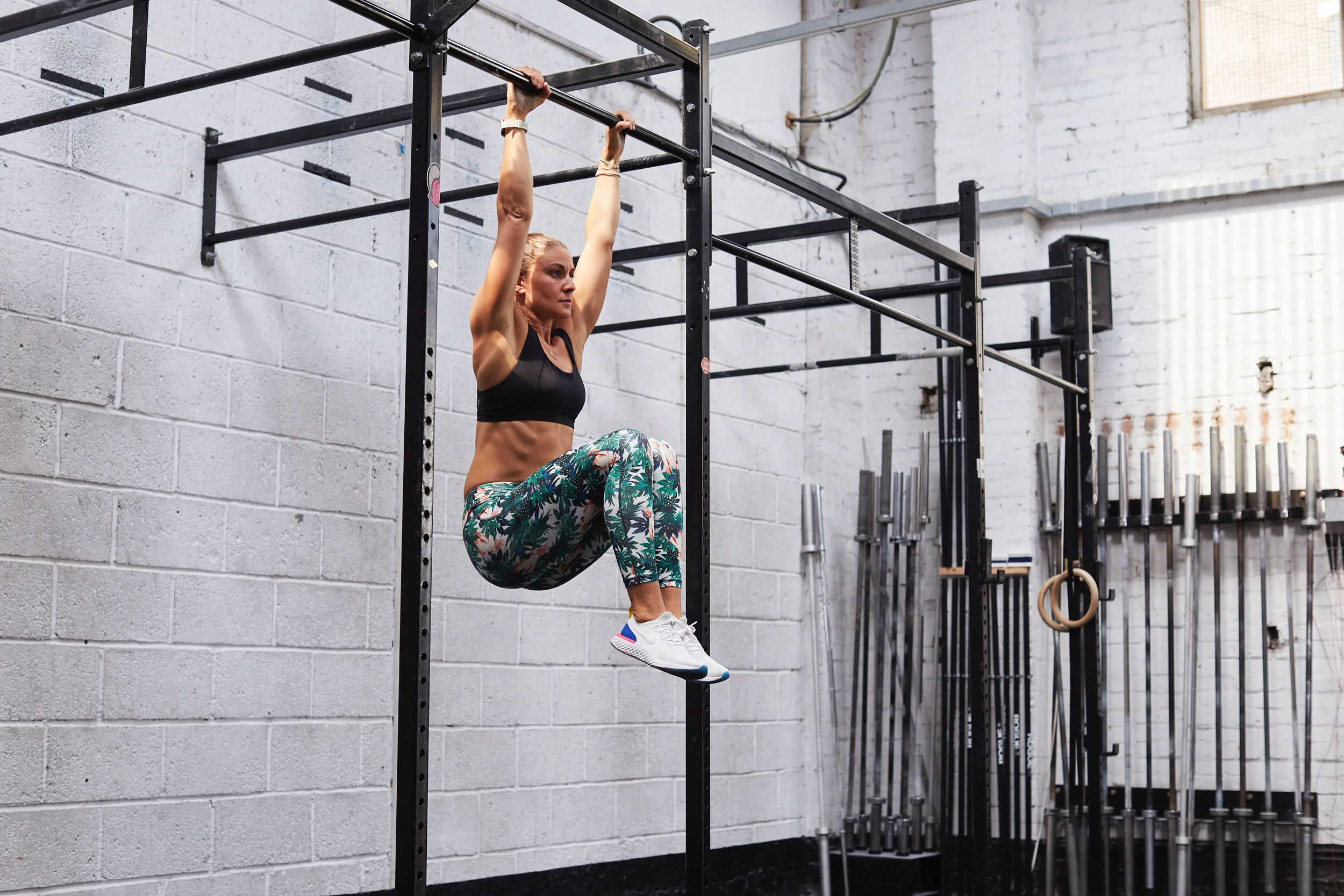Pelvic Floor Series: How to keep your pelvic floor healthy
The second article in our series by contributor Helen Keeble - our resident Pelvic Floor expert!
How can you keep your pelvic floor healthy?
Believe me when I say, especially in my line of work, that prevention is better than cure! It pays to be clued up on these special muscles and to aim to put into practice just a couple of easy to do (& free!) habits on a daily basis.
I’m sure you may already know by now, that to keep any muscle at its most healthy, it needs to be strong but also flexible. The pelvic floor muscles are no different – they need these two qualities in order to work at their best.
Just breathe
Now, when I spoke to you about what and where the pelvic floor muscles are, I mentioned the core cylinder. Well, the lid to our core cylinder is the diaphragm and it has been shown that when we breathe in, the diaphragm descends and so does the pelvic floor. When we breathe out, the diaphragm ascends, along with the pelvic floor also. This is a normal reciprocal movement between the two of them that happens many, many times per day, or should do at least!
We have unfortunately become clever at changing and adapting our normal breathing pattern without releasing. A lot of people are still, of course, breathing (phew!) but they are often not using their diaphragm efficiently to do so – this in turn can reduce flexibility of the pelvic floor. The most common culprits for breathing shallowly are; pain, holding the tummy in, over working on the abdominal muscles when exercising and postural habits.
Now, if the pelvic floor muscles become stiff, then we can’t really stretch them out like we would our other muscles. BUT, by simply focusing, momentarily, on HOW you breathe, you can immediately start to increase their flexibility.
All you need to do is to inflate the bottom of your ribcage – imagine you have a ribbon laid around the bottom of your ribcage and you want to stretch it open as you are breathing in – this should get your diaphragm moving, which will in turn get that pelvic floor moving.
Another way to increase the flexibility of the pelvic floor is to perform ‘reverse Kegels’ or more simply put – really focusing on a full release and let go after you have done a pelvic floor squeeze. Which brings us nicely on to the second point to consider when keeping our pelvic floor healthy – strength.
How to build strength in your Pelvic Floor
Our pelvic floor muscles are working automatically all day every day at varying amounts depending on the task in hand. When we are sitting and eating, for example, they are on relatively low power when compared to strenuous exercise which ramps them up in order to deal with the extra load placed on them. This means that just being active will benefit your pelvic floor. However, in order to keep your pelvic floor strong, it has been shown that we all must be doing at least some isolated pelvic floor squeezes (aka Kegels) too.
It is recommended that we do some short pelvic floor squeezes, where we squeeze the muscles and let go again straight away, and some long pelvic floor squeezes, where we squeeze the muscles and hold for 10 seconds before fully letting go again. It is crucial that we fully let go before starting the next one. Ideally these should be performed in standing, if your baseline strength is good enough.
If you are unsure if they are working as they should then try lying down first to do them until you get confident.
How often should you work out your Pelvic Floor?
Aim to do 5 of each twice per day as a starting point. Doing a diaphragmatic breath in between each one will ensure a full let go so will compliment the flexibility and strength perfectly!
What about other exercise?
It has also been shown recently that the pelvic floor muscles have a reflexive function – this means that they act very strongly at lightening speed, without having to be told to, in response to sudden impact eg sneezing, coughing, and high impact exercise. It is believed that in order to be ticking all the boxes for pelvic floor strength, that we all should be partaking in a level of impact exercise that is appropriate to you.
So there you have it, the three key things to keeping your pelvic floor healthy is breathing with your diaphragm as often as possible, doing some short and long kegels each day (aiming to be able to do them in standing) and partaking in impact exercise that is appropriate to your level.
Happy pelvic floors everyone!
Look out for further articles in the series!
Photo by Robin Benzrihem on Unsplash










